Case Study
Landscape and climate change – Adaptation strategies for the Southern Black Forest Nature Park
Contact name
Jörg Liesen
Institution name
Verband Deutscher Naturparke (Association of German Nature Parks)
Region & country
Germany
Summary
The aim of this project was to develop a climate adaptation strategy for the unique landscape of the southern Black Forest. The study focused on agricultural aspects. Findings from the fields of action soil, nature conservation, forest and agriculture were transferred to the landscape and the agricultural and forestry enterprises in the Southern Black Forest Nature Park.
The project was financed with funds from the Ministry for Environment, Climate and Energy of Baden-Württemberg (UM).
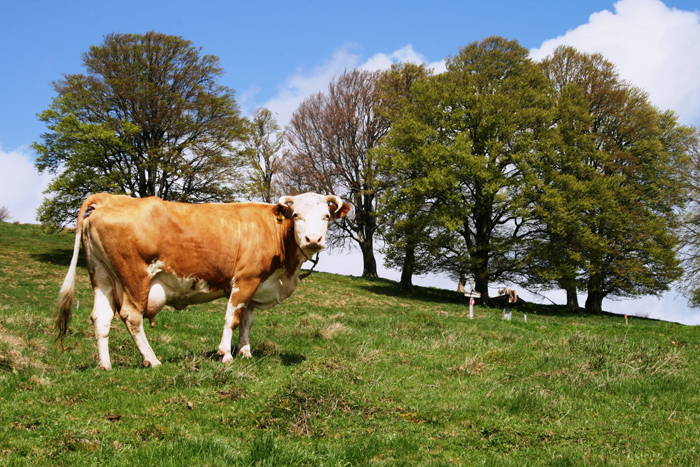
Landscape and climate change- Hinterwälder Cattle
Jörg Liesen
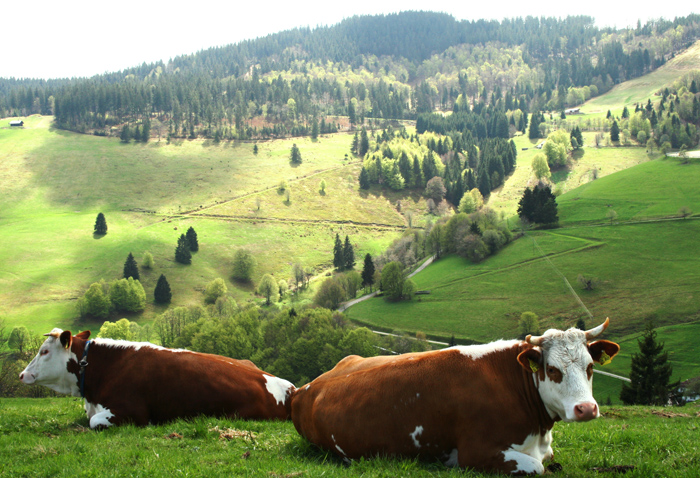
Landscape and climate change- Hinterwälder Cattle
Jörg Liesen
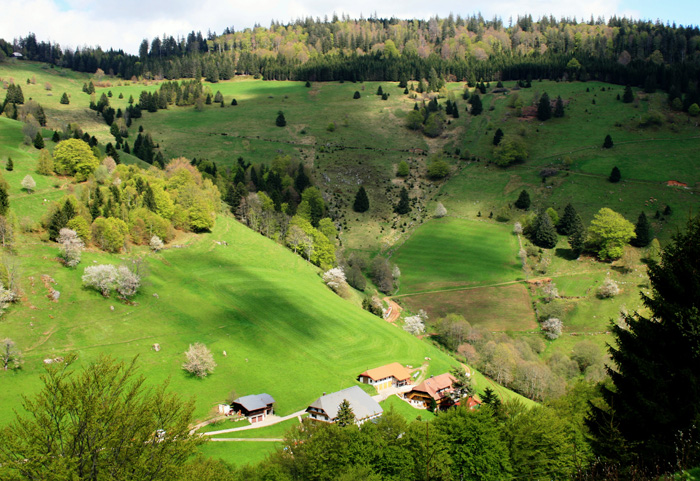
Landscape and climate change- Landscape
Jörg Liesen
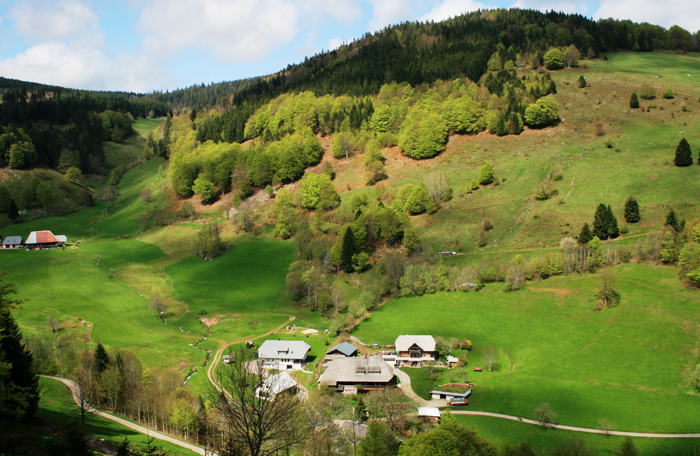
Landscape and climate change- Landscape
Jörg Liesen
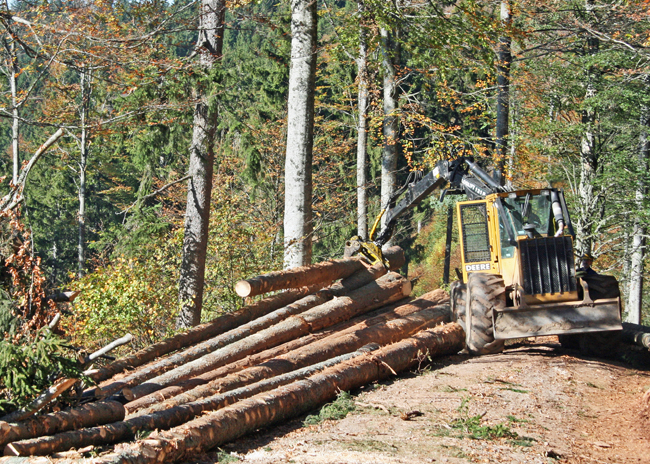
Landscape and climate change- timber harvesting
Jörg Liesen
Background of the project
Climate changes will have serious effects on the landscape and land use in the southern Black Forest region. Economic conditions will change for agriculture, forestry, nature conservation and also for tourism. In particular, serious effects are expected for agriculture, which works under difficult conditions in the predominantly high-altitude areas today. The characteristic and structurally rich landscape of the southern Black Forest will also be strongly affected by the climatic consequences.
The aim was to prepare an area-related development forecast for the distant future, which summarizes the site-related data and climate data with regard to the evaluation of the climate impact/endangerment for agriculture and forestry in the Southern Black Forest Nature Park.
Solution and actions taken
The study shows the high relevance of the consequences of climate change for the area of the Southern Black Forest Nature Park and its importance for agricultural and forestry enterprises. On the basis of the examined model enterprises it becomes clear that climate-related effects on all forms of utilization in the Nature Park area already exist or will exist.
On the basis of six representative model farms in the Southern Black Forest Nature Park, with a focus on agriculture and forestry, the potential impact of climate change on the Nature Park was analyzed. Site-related data (altitude, slope inclination, exposure, soil type, water and nutrient balance) and climate data (frost days, average temperature, tropical days, vegetation start, precipitation summer and winter) were combined in an evaluation scheme.
Other institutions or parties involved
• LUBW State Institute for Environment, Measurements and Nature Conservation Baden-Württemberg
• Ministry of the Environment, Climate and Energy Baden-Württemberg – Climate Change and Model Adaptation Program in Baden-Württemberg (KLIMOPASS)
• Nature Park Southern Black Forest e.V.
• UNIQUE forestry and land use GmbH
• Farmers
Results
• Climate adaptation strategies will be given more focus by the Nature Park
• A follow-up project with the topic “Landscape in climate change – new utilization and protection concepts for the Nature Park Southern Black Forest” has already been completed
Challenges
• to forecast climate impacts on agricultural and forestry enterprises and to develop climate adaptation measures for farms and landscapes in the Nature Park
Lessons learned
Aspect of economic relevance of climate change for agricultural/ forestry enterprises should be described in mission statement of the nature Park and in concrete actions.
Planning and testing of innovative irrigation systems to maintain the quality of the location would be an important impulse for the region.
Consequences of climate change should be actively dealt with, with openness towards changing landscapes, new products and adapted usage.
Contact name
Jörg Liesen
Institution name
Verband Deutscher Naturparke (Association of German Nature Parks)